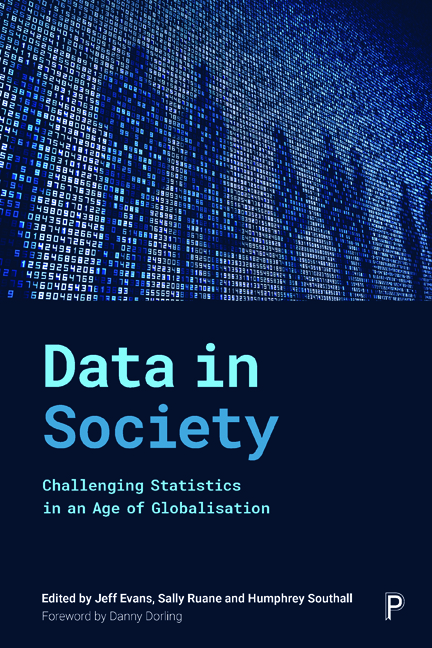Book contents
- Frontmatter
- Contents
- List of figures, tables and boxes
- Notes on contributors
- Foreword
- Preface
- General introduction
- Part I How data are changing
- Part II Counting in a globalised world
- Part III Statistics and the changing role of the state
- Part IV Economic life
- Part V Inequalities in health and wellbeing
- Part VI Advancing social progress through critical statistical literacy
- Epilogue: progressive ways ahead
- Index
15 - Labour market statistics
Published online by Cambridge University Press: 30 April 2022
- Frontmatter
- Contents
- List of figures, tables and boxes
- Notes on contributors
- Foreword
- Preface
- General introduction
- Part I How data are changing
- Part II Counting in a globalised world
- Part III Statistics and the changing role of the state
- Part IV Economic life
- Part V Inequalities in health and wellbeing
- Part VI Advancing social progress through critical statistical literacy
- Epilogue: progressive ways ahead
- Index
Summary
Introduction
Everybody participates in the labour market to varying extents over their lives. Most people therefore have some interest in information on the labour market, and that information is frequently statistical. The media cover labour market statistics as they are released, and local labour market data feature in local newspaper stories.
Labour market statistics are produced to measure concepts defined in economic theory, and this frequently produces confusion. This chapter aims to reduce some of the confusion. Further, both economic theory and underlying realities change continuously, so definitions must also change. The recent emergence of the ‘gig’ economy and of zero-hour contracts are cases in point, discussed later.
We start by considering the conceptual basis of labour market statistics, and in particular the Phillips Curve. We examine how theories inform labour market classifications and then measurement, using Labour Force Surveys and administrative data from social security systems. We then look at how examining the labour market from a perspective of flows, which are very large, rather than snapshot ‘stocks’ changes understanding. We consider some issues with the boundary lines drawn in the classifications, and discuss briefly the use of statistical and machine learning methods in human resources analytics within firms rather than in official statistics. We look at issues involving how statistical definitions interact with legal and tax definitions, considering the ‘gig economy’, insecurity of work, and measuring earnings and hours.
This chapter is written not by an academic but by a practitioner, much of whose work has been about ensuring the government does not whitewash unemployment, and liaising with official statisticians so they know that such attempts will be called out. References are mainly to data and associated definitions.
Defining concepts and classifications
One of the most basic economic relationships measured by labour market statistics is the Phillips Curve. Phillips (1958) found an inverse relationship between the unemployment rate and the rate of change in wages between 1913 and 1948, so wage inflation was higher when unemployment was low and vice versa. The idea of unemployment affecting wages was not original, but the formulation, and hence the impact on statistics, was new. The concept has remained controversial in economic thought.
- Type
- Chapter
- Information
- Data in SocietyChallenging Statistics in an Age of Globalisation, pp. 199 - 212Publisher: Bristol University PressPrint publication year: 2019



